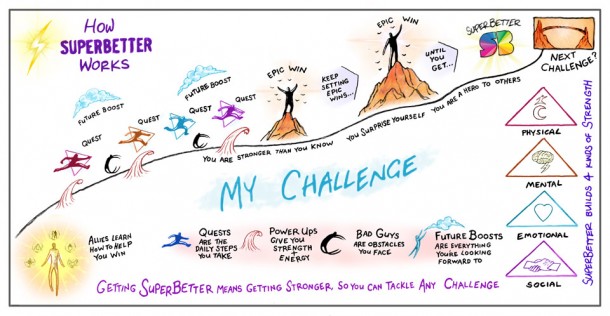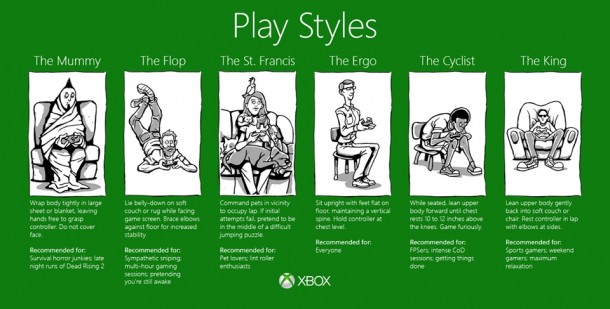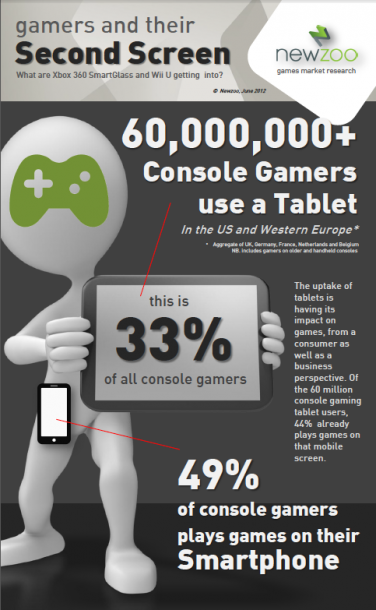The Entertainment Software Association (ESA) interviewed researcher, game designer and author Jane McGonigal. Her newest book, “SuperBetter,” which releases September 15, explores a decade’s worth of scientific research into the ways games—including video games, sports and puzzles—change how people respond to stress, challenges and pain and how to cultivate new powers of recovery and resilience in everyday life simply by adopting what McGonigal calls a more gameful mindset. Read the interview below – with a big thanks to ESA for sharing!
- Please briefly introduce yourself and your work.
 I’m a researcher, author and game designer who has spent the past 15 years trying to prototype and provide scientific evidence for the ways in which games can help us become the best versions of ourselves: happier, braver, more resilient, better problem-solvers and better allies to our friends and family.
I’m a researcher, author and game designer who has spent the past 15 years trying to prototype and provide scientific evidence for the ways in which games can help us become the best versions of ourselves: happier, braver, more resilient, better problem-solvers and better allies to our friends and family.
Most recently, my work has focused on how games can improve mental and physical health. There’s a rapidly growing body of evidence in the scientific literature that ordinary video games can be a powerful tool for treating depression, anxiety and even chronic pain. I’ve spent the past five years researching this topic – I’ve read literally more than 1,000 studies in the fields of neuroscience, psychology and medicine.
Now, I’m publishing my “SuperBetter” book to help get this entire, emerging field of research into the hands of the game-playing public and also game developers. I want the public to understand how video games can be played with purpose – that is, with the knowledge that you’re not just having fun, but you’re also developing important psychological resources, like creativity, determination, optimism, curiosity and resilience in the face of setbacks. And I want game developers to understand how to make games that bring even more of these benefits to their players.
- How did you first become interested in working with video games?
That’s a very long story that starts with me researching and making games as a Ph.D. student at UC Berkeley, although I guess it starts even earlier, when I was 10 years old and designed my first video game with ASCII art on a Commodore 64 computer.
But the really pivotal experience for me, more recently, in guiding me to the work I’m doing today was the mild traumatic brain injury that I suffered in 2009. Thirty-four days after the injury, I decided to try to bring my game designer skills to the problem, and I invented a game to help my brain heal and to deal with the severe depression and anxiety.
That has been a real turning point in my game development career, as that game (SuperBetter) has now been used by half a million people to improve their mental and physical health and has created some amazing research opportunities for me with organizations like the National Institutes of Health. All of this has convinced me that game design is going to be one of the most important areas of research and discovery in medicine and clinical psychology over the next decade.
- What excites you most in your day-to-day job?
Data! Scientific data is what excites me. Every time a new study on the real-life impact of gameplay comes out, I devour it.
Even more exciting is doing original research and seeing the results. For example, with SuperBetter, we’ve done two major studies so far. First, a randomized, controlled study conducted by the University of Pennsylvania found that playing SuperBetter for 30 days significantly reduces symptoms of depression and anxiety, and increases optimism, social support and players’ self-confidence. The study also found that people who followed the SuperBetter rules for one month were significantly happier and more satisfied with their lives.
More recently, a clinical trial funded by the National Institutes of Health and conducted at Ohio State University Medical Research Center and Cincinnati Children’s Hospital found that the SuperBettergame improves mood, decreases anxiety and suffering, and strengthens family relationships during traumatic brain injury rehabilitation and recovery. Honestly, there is nothing more exciting than getting solid scientific evidence that a game you’ve made is changing people’s lives and helping them get happier and healthier from extremely difficult challenges.
Note from myself: It is interesting to see that Jane is addressing the four quadrants I always use to determine our key drives for game design: physical, mental, emotional and social elements. You can find them in the handouts (slide 34) for the Gamification Workshop presentation on this page. Of course these are based on the Insights model, which are based on Quinn… But I guess we – as human beings – are always looking for rational (mental), physical, emotional (social) and spiritual challenges: or active and passive events. Often spiritual is left out in favor of social. Maybe social can be the opposite of spiritual? Spiritual meaning: inside my mind, where as social means: outside my mind in interaction with others…?
- Where do you see video games in 10 years? What broader applications across society can we expect in games’ future?
A decade from now, ordinary video games will be understood as an important tool in creating mental health and well-being. I forecast with very high confidence that games will be used to treat depression, anxiety, pain and post-traumatic stress disorder (PTSD) as a complement to, or in many cases be prescribed in lieu of, pharmaceutical treatment.
Note from myself: Obviously Jane is talking about serious games here. Since 2010 we have published a lot of serious games in for companies like Foot Locker Europe and NN Global. Unfortunately we cannot disclose all of our projects online, but the ones we are allowed to talk (and write) about can be found on our project page.
- What is your favorite video game and why?
I’ll go with the scientific literature here again, and say that Tetris has been the most extensively studied game for accomplishing everything from preventing flashbacks after witnessing a trauma – so it could be used as a cognitive vaccine against PTSD; to reducing cravings for cigarettes and junk food by 25 percent – so it can be used as a tool in behavior change and fighting addiction; to creating the same blood flow patterns in the brain as meditation – so it can be used to improve attention and improve the body’s ability to recover from stress.
Everyone should have Tetris on their phone. We should have PSAs explaining how to use it for all of these benefits. And I’m ready to give Tetris creator Alexey Pajitnov the Nobel Prize in Games.
Posted in Research, Serious game, Uncategorized | No Comments »

 “Video games provide a social setting where family and friends come together to connect, learn and have fun,” said Michael D. Gallagher, president and CEO of ESA, the trade association that represents the U.S. video game industry. “The sheer number of people who regularly enjoy entertainment software and share those experiences with others underscores how video games have become ingrained in our culture.”
“Video games provide a social setting where family and friends come together to connect, learn and have fun,” said Michael D. Gallagher, president and CEO of ESA, the trade association that represents the U.S. video game industry. “The sheer number of people who regularly enjoy entertainment software and share those experiences with others underscores how video games have become ingrained in our culture.”






